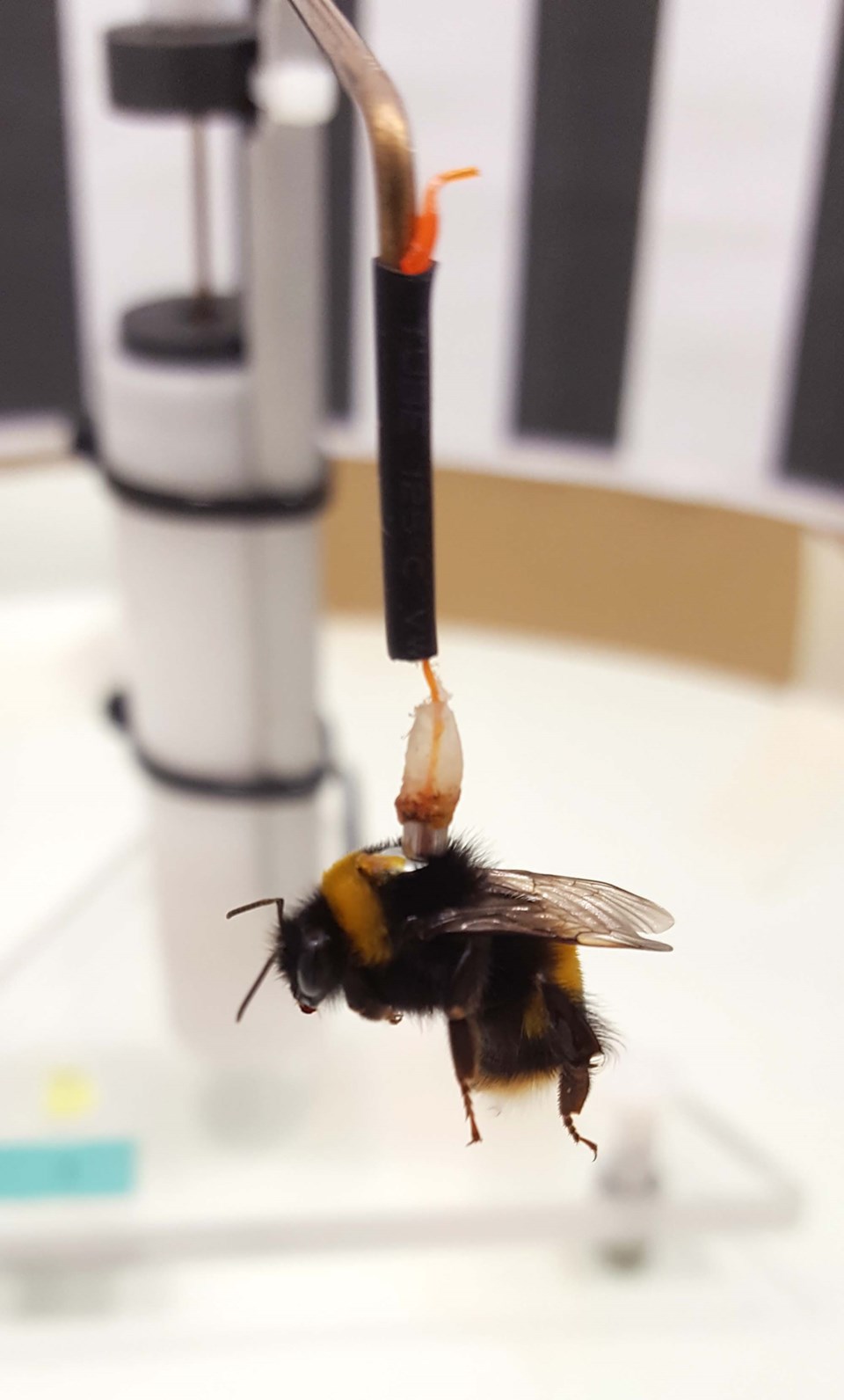Global heating could help bumblebees spend more time in the air, a new study suggests, but the extreme temperatures that come with it could just as easily make it too hot to fly.
Daniel Kenna, a PhD student with the Department of Life Sciences at the U.K.’s Imperial College London, co-authored a study in Functional Ecology Aug. 17 on how heat affects bumblebee flight.
Bumblebees are important pollinators and are in decline across the globe, Kenna said in an email. The southern ranges of many European and North American bumblebee populations are shrinking northward, which researchers believe is due to higher temperatures brought on by global heating.
Kenna and his team set out to study how heat affects bee flight. They chose to study bumblebees instead of domestic honeybees so they could test heat effects on many sizes of bees at once — honeybee workers are all the same size, while some bumblebee workers are six times bigger than their co-workers. Bumblebees may also be more at risk from climate change, as they don’t have humans to move them to more suitable areas.
The team took about 300 bumblebees and had them fly laps while hooked to a flight mill, tracking their speed, distance, and willingness to fly at various temperatures (12 C to 30 C).
“The flight mills are essentially a carousel for bees,” Kenna said, consisting of a stick and counterweight on a pivot.
The team glued tiny metal tags to the bees, put them on a stand, and positioned them so they stuck to a magnet on the end of the stick. The team then removed the stand to prompt the bees to fly.
“Considering how small bees are, they were capable of flying impressively long distances,” Kenna said — one flew non-stop for two hours, and some managed 7 km.
The team found that the bees performed the worst in terms of distance and flight willingness at 12 C, with performance improving up to 27 C and declining thereafter.
Kenna said these results suggest that British and Canadian bumblebees might have an easier time flying under global heating, as heating would push average temperatures closer to that optimal 27 C.
However, global heating was also set to cause more extreme heat and cold events, neither of which would help bee flight, and could make it more likely for bees to wake from hibernation before flowers had bloomed, Kenna said. Extreme heat waves like those seen in Canada and Europe this year also damaged crops and bee larvae.
“In combination, (these impacts) could jeopardize food security,” Kenna said.
Kenna said farmers could support bees under global heating by having a variety of flowering plants available throughout the year so bees would have food close by during extreme temperatures.
The study is available at bit.ly/3min3ru.




